massachusettsinstituteoftechnology
Latest
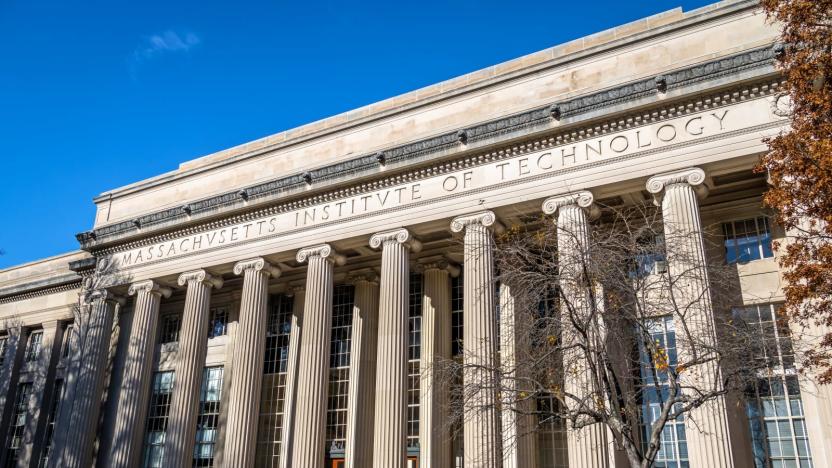
MIT suspends its research partnerships with Huawei and ZTE
The Massachusetts Institute of Technology is putting its funding and research ties with Huawei and ZTE on hold due to US investigations against the Chinese companies. The university will also add extra layers of scrutiny to projects and funding linked with China, Russia and Saudi Arabia.

Facebook and MIT tap AI to give addresses to people without them
About four billion people in the world are without a physical address. The MIT Media Lab and Facebook are teaming up to create a solution that will use a machine learning algorithm to identify and assign addresses from satellite images. The system would provide a cheap and efficient alternative to conventional mapping methods.
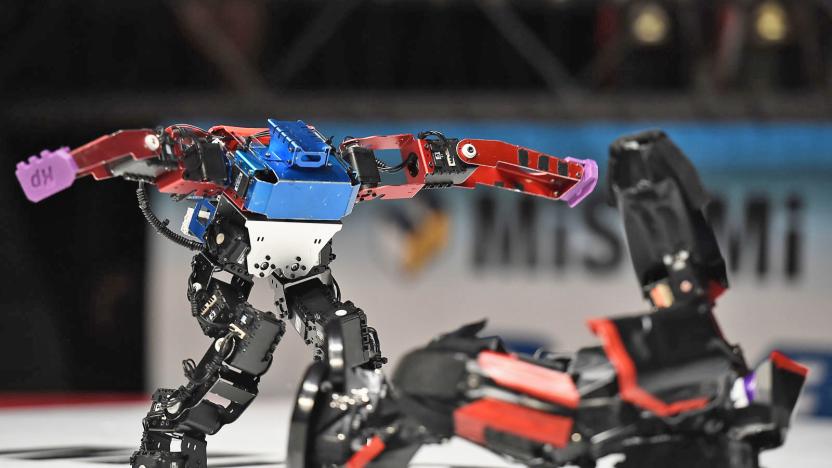
AI robots can develop prejudices, just like us mere mortals
It's not only humans and animals that can hold biases against outsiders. Psychology and computer science researchers from the Massachusetts Institute of Technology and Cardiff University have discovered that artificial intelligence robots can develop prejudices by learning from each other.
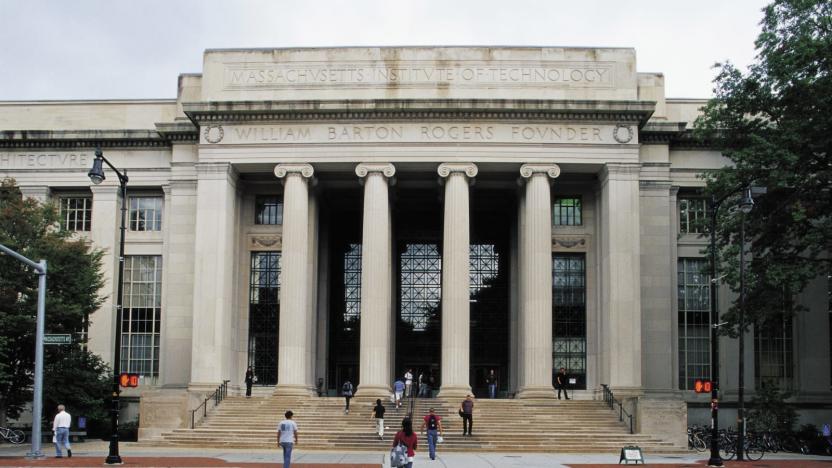
Amazon's Alexa Fellowship expands to 14 more universities
Amazon is eager to get more bright minds working on voice technology, so it's expanding the Alexa Fellowship program to 14 more universities, including Massachusetts Institute of Technology, Texas A&M and Cambridge. The fellowships are financed through Amazon's $200 million Alexa Fund.
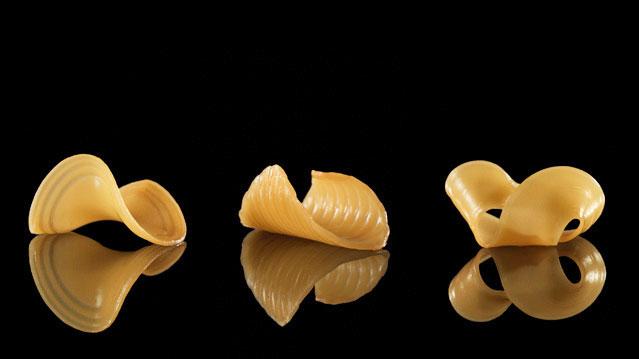
MIT 3D-printed the shape-shifting future of pasta
A new research project from the Massachusetts Institute of Technology's Tangible Media Group combines 3D printing, molecular gastronomy and macaroni. According to MIT News, researchers Wen Wang and Lining Yao have engineered flat sheets of gelatin and starch into shape-shifting noodles that react and fold when exposed to water. While Yao's goal of one day creating a self-folding dumpling is still out of reach for now, the research team thinks their breakthrough could help reduce food shipping costs and lead to new trends in fine dining.

Researchers design sensors that can detect single protein molecules
Carbon nanotubes promise to lead to some exciting new breakthroughs in computing, but researchers at MIT are now putting them to use in medicine and chemical engineering as well. According to a new paper published in the journal Nature Nanotechnology, MIT engineers have modified carbon nanotubes to create instruments sensitive enough to detect a single protein molecule as it is secreted by a cell.

MIT's 3D graphene is ten times stronger than steel
An awful lot of ink has been spilled about how graphene is going to basically save the world with its myriad applications and powers. But chances to actually see evidence of how and why the hexagonal lattices are so strong in a life-size way have been few and far between. The Massachusetts Institute of Technology has changed that. The school's latest experiment uses graphene material that's 5 percent as dense as steel and ten times the metal's strength, showing what's possible when the composite is more than just a flat sheet.

MIT is trying to crack wireless VR, too
Smartphone-based virtual reality headsets are great and all, but for the best games and experiences you need a dedicated facehugger tethered to a powerful PC like it's a diver's lifeline. Wireless hardware is one of the inevitable next steps for VR, and a company called TPCAST is already developing a cord-cutting peripheral for the Vive, supported by HTC's VR accelerator program. MIT's Computer Science and Artificial Intelligence Laboratory (CSAIL) is making headway in this area too, today releasing research into a wireless system that's both headset-agnostic and could address some unforeseen problems with peripherals like TPCAST's.

MIT gives pesticides an electric charge to improve stickiness
There are plenty of problems with pesticides -- making bees dumb, anyone? -- but the biggest is probably how much is wasted while it's being sprayed onto crops. Because of how certain leaves naturally repel water, it means that hardly any anti-bug treatments actually, you know, stick to them. In fact, only two percent of the spray stays in place, according to MIT News. So, to change that, a team of researchers have devised a way to increase the amount of liquid a leaf's surface retains.

MIT's ridesharing network is learning to dodge pedestrians
Lyft and Uber already operate in and around Boston, but students on MIT's campus in Cambridge, MA also have a new, research-oriented option for on-demand ridesharing. Ford and MIT announced today a new project that will shuttle students around on both campus walkways and city streets in a fleet of electric shuttles -- but the project isn't just for helping lazy college kids get to class, it will also be conducting research on pedestrian traffic patterns that will help it optimize the service, as well as future generations of autonomous vehicles.
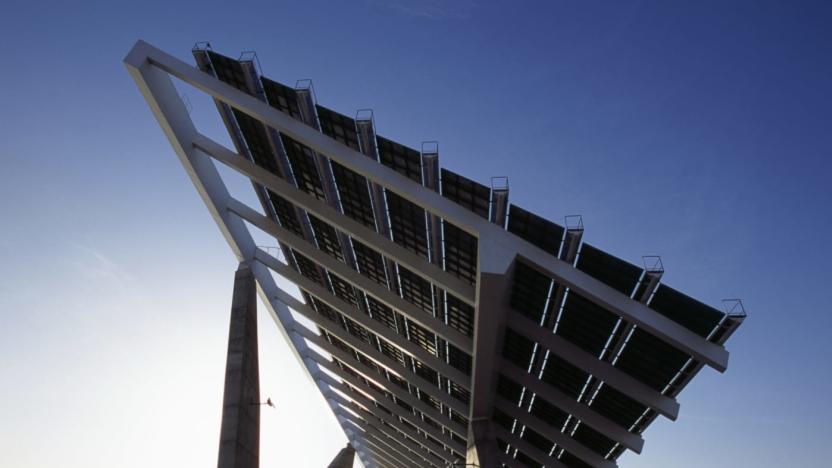
MIT exploited heat to make the most efficient solar cell yet
Sorry, University of New South Wales: Your efforts at shattering the efficiency record for solar cells earlier this month have been, ahem, eclipsed. A group of researchers at Massachusetts Institute of Technology have developed a way to possibly break the maximum efficiency of a solar cell, the Shockley-Queisser Limit. The Shockley-Queisser tops off at around 32 percent, but that's taking standard solar cell setups into account. The MIT scientists switched it up and converted incoming sunlight to heat prior to having it generate electricity, a trick that could possibly double the power produced by a given panel.
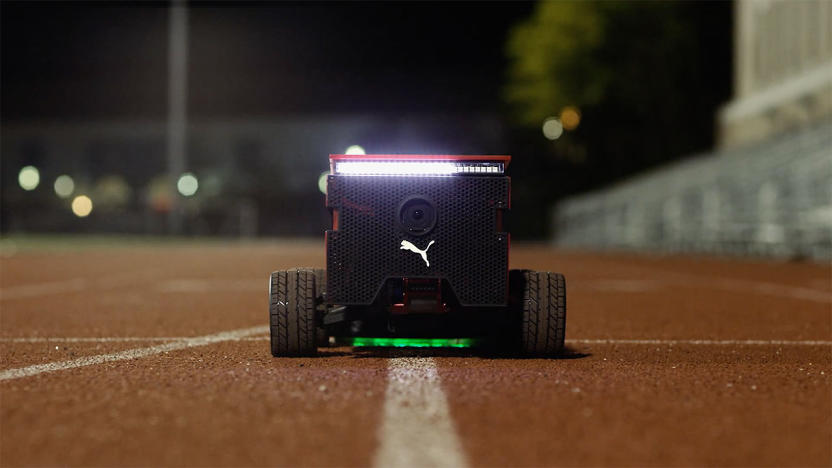
Puma's robotic running companion can keep pace with Usain Bolt
For some people, the RunKeeper coach's voice is enough to keep them motivated during a jog. Others need something physical to keep pace with. That's where Puma's BeatBot comes in. Developed by a NASA robotics engineer, a trio of MIT students and Puma's ad agency, the robot follows lines around a track at any pace you'd want, according to Fast Company. It can even match Usain Bolt's 2009 foot-speed world record of 44.6 KPH (27.7 MPH) in case you need something a little more aspirational than an eight-minute mile.
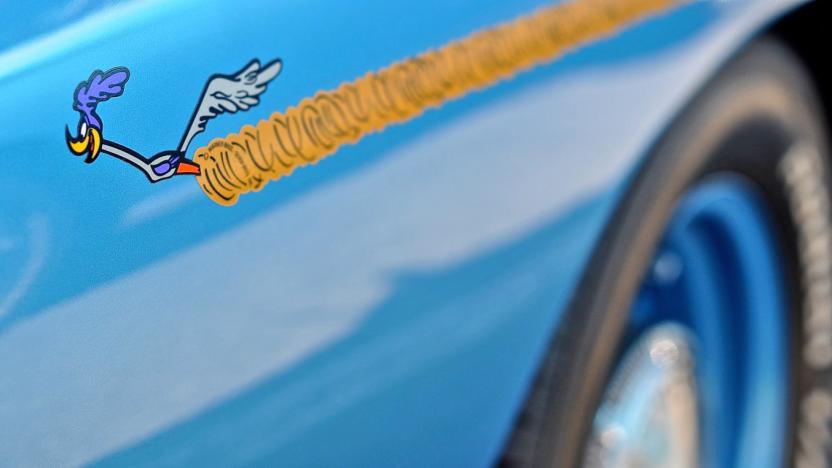
MIT has a way to speed up web browsing by 34 percent
Sure, Google has a way to reduce page load speeds, but that's limited to mobile for now. From the sounds of it, the venerable Massachusetts Institute of Technology has other plans that could make mobile and desktop web browsing about 34 percent faster. Instead of using compression, MIT's Computer Science and Artificial Intelligence Lab (CSAIL), along with Harvard, have developed a framework that changes how a browser downloads things like images and JavaScript.

Marvin Minsky, A.I. pioneer, dies of brain hemorrhage at 88
The world lost one of its brightest minds to a brain hemorrhage recently; Marvin Minsky was 88 when he passed on Sunday night. A World War II veteran, his life's work was essentially creating and advancing the field of artificial intelligence. The New York Times has eulogized the Turing Award winner, writing that when Minsky was choosing his career path he "ruled out genetics as interesting but not profound, and physics as mildly entertaining, he chose to focus on intelligence itself."

MIT researchers want to power your cellphone with dew
Water is pretty wild when you think about it: all of its three states of matter are consumable by humans, and one in particular can even give off electrical power. A team at the Massachusetts Institute of Technology has discovered that when water condenses on and spontaneously jumps back and forth between specially-treated copper plates, it picks up an electrical charge. To fully take advantage of this ability, said scientists built a machine that harnesses said charge and uses it to create electricity. The researchers admit that yield is low for now, predicting that a cellphone would take around 12 hours to fully charge, but, as MIT News points out, if you're off the grid, there isn't much else of a choice for electricity anyway. One possible drawback of this method, though, is that it inherently requires a humid environment, like a rainforest, for it to work. We'd imagine that a New York summer would suffice, too. [Image credit: paul goyette/Flickr]

MIT's 3D motion-tracking tech can see you through walls, no camera needed
Even if you hide behind a wall, MIT's 3D motion-tracking tech can still see you. It can even tell if you've "fallen and can't get up." Sure the tech sounds invasive, but the team's WiTrack (as it's been dubbed) device is actually less intrusive than Microsoft's Kinect -- there's no camera watching your every move. Nor is there any wearable tech involved. Instead, the setup relies solely on a wireless network and your body's ability to bounce back those radio waves.

Scientists create false memories in mice, cause rodent-style Inception
A group of MIT researchers (we assume they're all Philip K. Dick fans) have successfully implanted false memories in the minds of mice, according to a study published in the journal Science. This "mouseception" experiment was designed to examine the phenomenon called false memory syndrome, in which the brain concocts recollections of events that have never happened. By manipulating the memory engram–bearing cells in the hippocampus, the research team convinced a few unsuspecting mice that they had experienced a shock to their feet when one had never actually occurred. One can only assume that after finessing this false memory implantation, the next logical step is going into the mice's dreams and stealing all their secrets. Christopher Nolan would be so proud. Or horrified. Jury's still out.

PSA: Watch the AMS dark matter results announcement at 1:30PM ET (video)
The universe is thought to be composed of stuff, non-stuff and maybe some other stuff. We're referring, of course, to matter, anti-matter and as-yet illusive dark matter. While we know a fair amount about matter and its opposite, dark matter is still largely theoretical. That might change in around half an hour, though, as folks from NASA, MIT and the US Department of Energy hold a press conference to explain exactly what the Alpha Magnetic Spectrometer (AMS) strapped to the ISS has been seeing during almost two years of space-scanning. Samuel Ting from MIT, who will be on the panel, implied back in February that today's results will provide the first evidence of dark matter's existence -- if that's the right term. The press conference is due to start at 1:30PM EDT, so make sure to tune in to the NASA TV livestream embedded below for what could be the biggest scientific news since Higgs and his boson. [Image Credit: NASA]

MIT prof and student discover algorithm for predicting trending Twitter topics
Predicting the future of Twitter's trending topics is, as of right now, an impossibility. But two folks at the Massachusetts Institute of Technology may have cracked the code with an algorithm they're saying predicts -- with 95 percent accuracy -- the topics that will trend in the next hour and a half. The prediction has even been calculated as high as four to five hours ahead of time with the same level of accuracy. Not too bad! Of course, beyond impressing friends with the predictions, the algorithm has direct implications for the likes of Twitter itself -- being able to sell ads against trending topics could benefit the social media company enormously in its ongoing quest to monetize. At any rate, it's distinctly less dangerous sounding than the last idea we heard involving Twitter and predictions. The algorithm will be presented next week at MIT's Interdisciplinary Workshop on Information and Decision in Social Networks, should you wish to dig into the nitty gritty of the math behind the madness.

The future of higher education: reshaping universities through 3D printing
Featuring four towering limestone columns and classic Flemish-bond brickwork, the century-old Mackay School of Mines Building at the University of Nevada, Reno, has long served as a bastion of Silver State history. Named after Irish immigrant and "Comstock Lode King" John Mackay, notable touches such as a cast bronze statue designed by Mount Rushmore sculptor Gutzon Borglum just outside the building helped it earn a spot in the National Register of Historic Places. Within its oak doors, however, are the makings of an intriguing experiment that's decidedly more new school. Like a mini museum, a collection of 3D-printed models are displayed within the building's sunlit, three-story atrium -- attracting a mix of students and teachers. Even more popular than the displays of plastic gears and molecule models, however, are the two 3D printers that made them: a professional-grade Stratasys uPrint SE Plus and a hobbyist 3DTouch machine by 3D Systems Corporation.







